Stories Category: Intensive Care
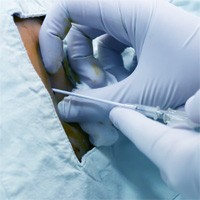
Effects of Paracentesis on Hemodynamic Parameters and Respiratory Function in Critically Ill Patients
Paracentesis in critically ill patients is safe regarding hemodynamic function, renal function and intervention-related complications. Furthermore, paracentesis in critically ill and mechanically ventilated patients results... read more
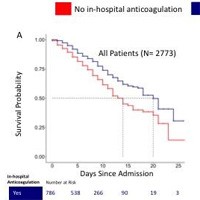
Blood Thinners May Improve Survival Among Hospitalized COVID-19 Patients
Treating hospitalized COVID-19 patients with anticoagulants--blood thinners that slow down clotting--may improve their chances of survival, researchers from the Mount Sinai COVID Informatics Center report. The study,... read more

Clinical Distancing of Patients with Advanced Heart Failure and Cardiac Transplantation During COVID-19
Our hospital system includes a central 825-bed, short term, acute care teaching facility where heart transplantation is performed under regulatory approval. Located 5.5 miles north of this main campus is a 107-bed cardiac... read more

Patients in Hospital with COVID-19 Using the ISARIC WHO Clinical Characterisation Protocol
ISARIC WHO CCP-UK is a large prospective cohort study of patients in hospital with covid-19. The study continues to enrol at the time of this report. In study participants, mortality was high, independent risk factors were... read more

Recovering from COVID-19: Post Viral-fatigue and Conserving Energy
Rehabilitation is fast becoming the new priority in dealing with the impact of this pandemic and is crucial for people recovering from COVID-19 infection. Royal College of Occupational Therapists published three guides... read more

Prehabilitation May Influence Surgical Morbidity and Mortality During and After the COVID-19 Pandemic
Elective surgeries have been markedly reduced or even halted altogether in countries affected by the COVID-19 pandemic, the scale of which is unprecedented in modern medicine. The pandemic will negatively affect many... read more

Transpulmonary Thermodilution Detects Rapid and Reversible Increases in Lung Water Induced by PEEP in ARDS
In ARDS patients, changing the positive end-expiratory pressure (PEEP) level induced parallel, small and reversible changes in EVLW. These changes were not due to an artefact of the TPTD technique and were likely due to the... read more

Ultrasound in Times of COVID-19
The potential clinical utility of ultrasound modalities in the COVID-19 patient, the limitations, evidence base and governance over point of care ultrasound images during a pandemic and a discussion on whether the hype surrounding... read more

New Study Showing CBD Strains Lower Chances of COVID-19
With the rapidly growing pandemic of COVID-19 caused by the new and challenging to treat zoonotic SARS-CoV2 coronavirus, there is an urgent need for new therapies and prevention strategies that can help curtail disease spread... read more
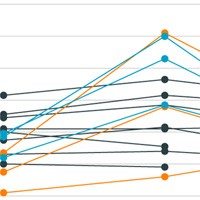
Prone Positioning in Nonintubated Patients with COVID-19 and Hypoxemic Acute Respiratory Failure
In this study of patients with COVID-19 and hypoxemic respiratory failure managed outside the ICU, 63% were able to tolerate PP for more than 3 hours. However, oxygenation increased during PP in only 25% and was not sustained... read more

Optimal Sleep Health Among Frontline Healthcare Workers During the COVID-19 Pandemic
Since the start of the coronavirus disease (COVID-19) outbreak in December 2019 in Wuhan, China, it has been declared a pandemic and has now involved over 200 countries. Adverse effects on the mental health of frontline... read more
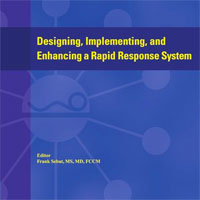
Designing, Implementing, and Enhancing a Rapid Response System
Written by leaders in the field, Designing, Implementing, and Enhancing a Rapid Response System, contains the tools needed to plan, develop, enhance, and customize a rapid response system (RRS) in your hospital. This... read more
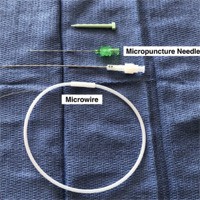
Micropuncture Kits for Difficult Vascular Access
The ability to obtain rapid vascular access, both arterial and venous, is a critical skill in emergency medicine, made even more important by recent advances in resuscitation technology. Patients may require placement... read more
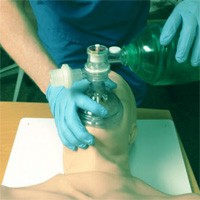
Outcomes With the Use of Bag-Valve-Mask Ventilation During Out-of-hospital Cardiac Arrest in the Pragmatic Airway Resuscitation Trial
Bag-valve-mask-only ventilation is associated with improved OHCA outcomes. Despite similar rates of ROSC and 72-hour survival, BVM-rescue ventilation was associated with improved survival to discharge and neurologically intact... read more
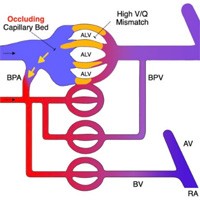
COVID-19 Acute Lung Injury
There is a lot we still do not know when it comes to COVID-19 pathophysiology. We are learning every day, and as we navigate the waters of the unknown, there are a few that boldly dare to try and understand what is happening... read more

Sharing Data is the Key to Unlocking Remdesivir Challenges
Critical care teams should consider using remdesivir to treat patients with severe acute SARS-CoV-2 infection, but supply of the drug is limited and best practices for maximizing its effectiveness are not completely understood. The... read more
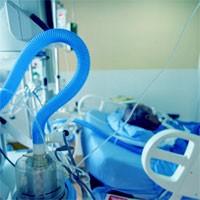
A Transdisciplinary COVID-19 Early Respiratory Intervention Protocol
In the days after COVID-19 arrived in our region, there were many such stories of patients sent to the floor from the Emergency Department who were intubated shortly after admission. Many of those patients subsequently... read more








